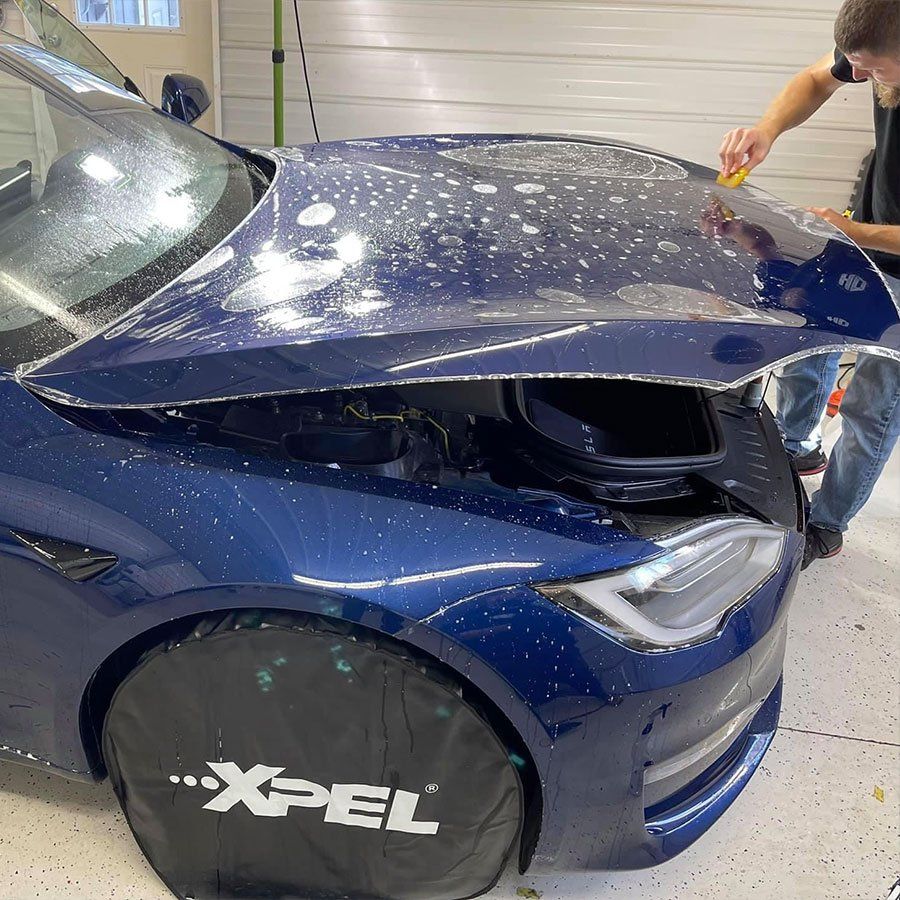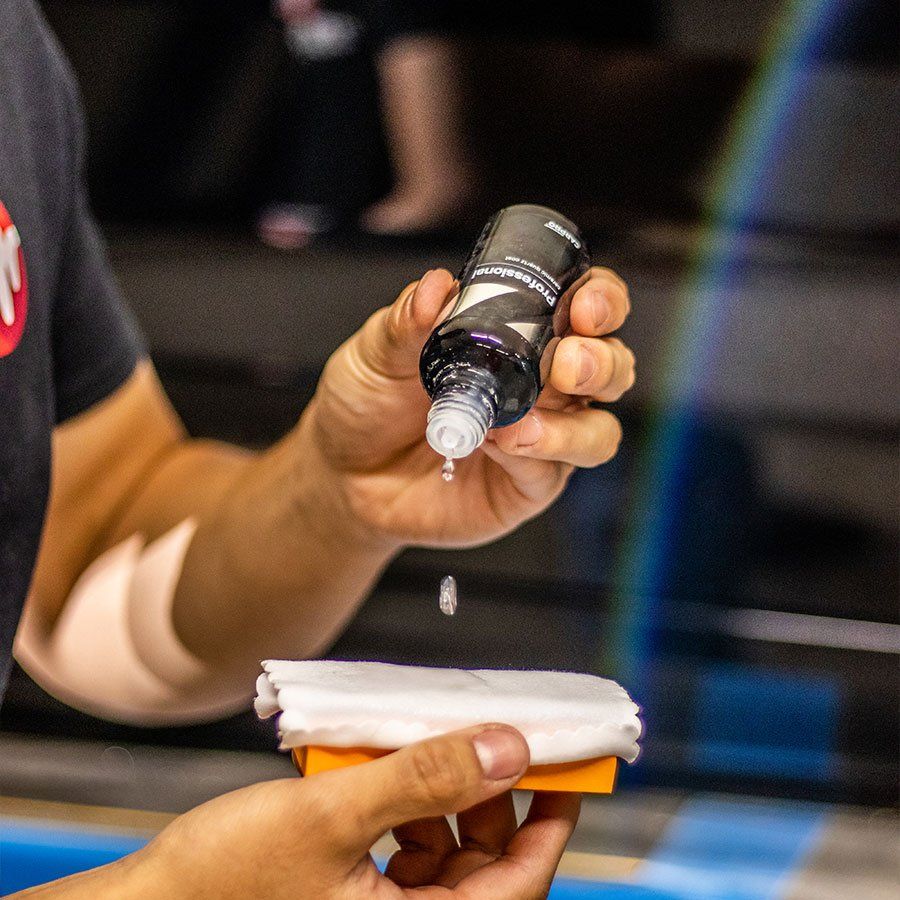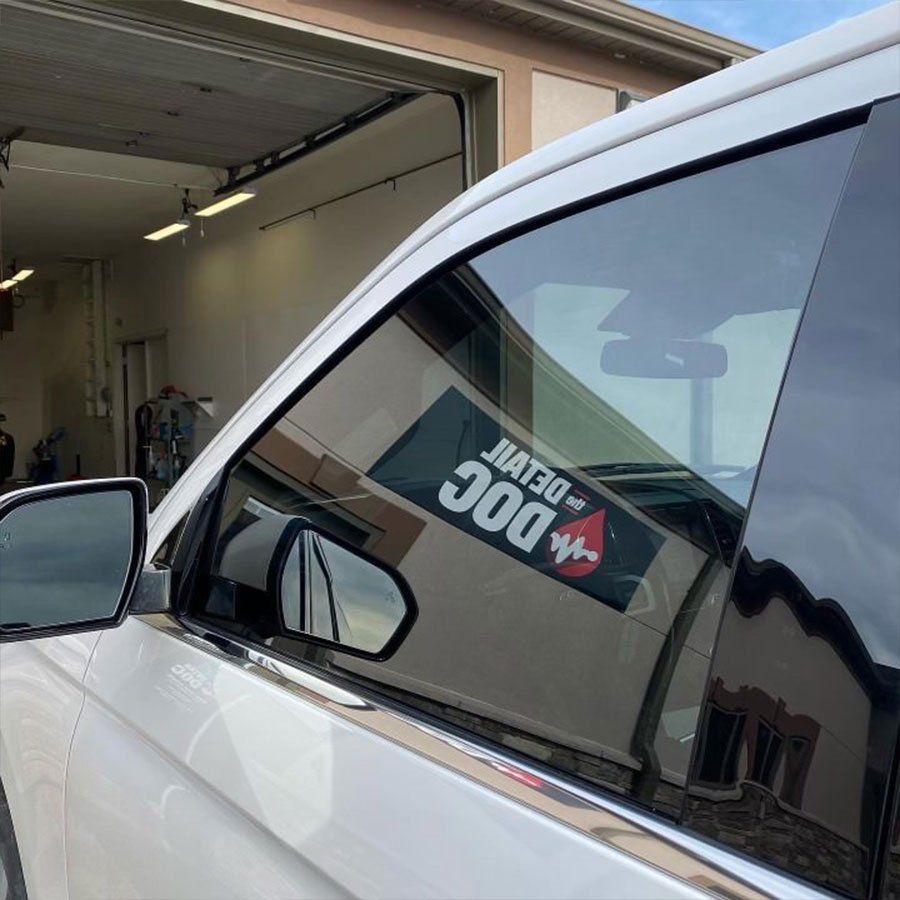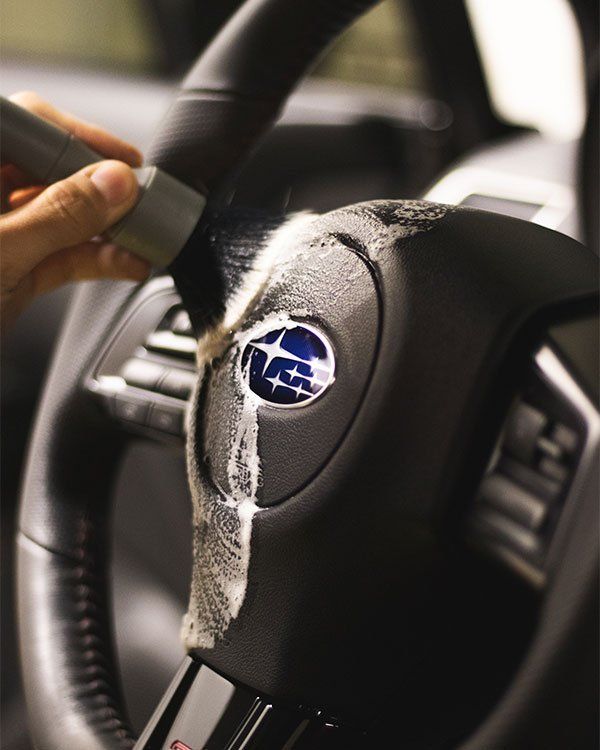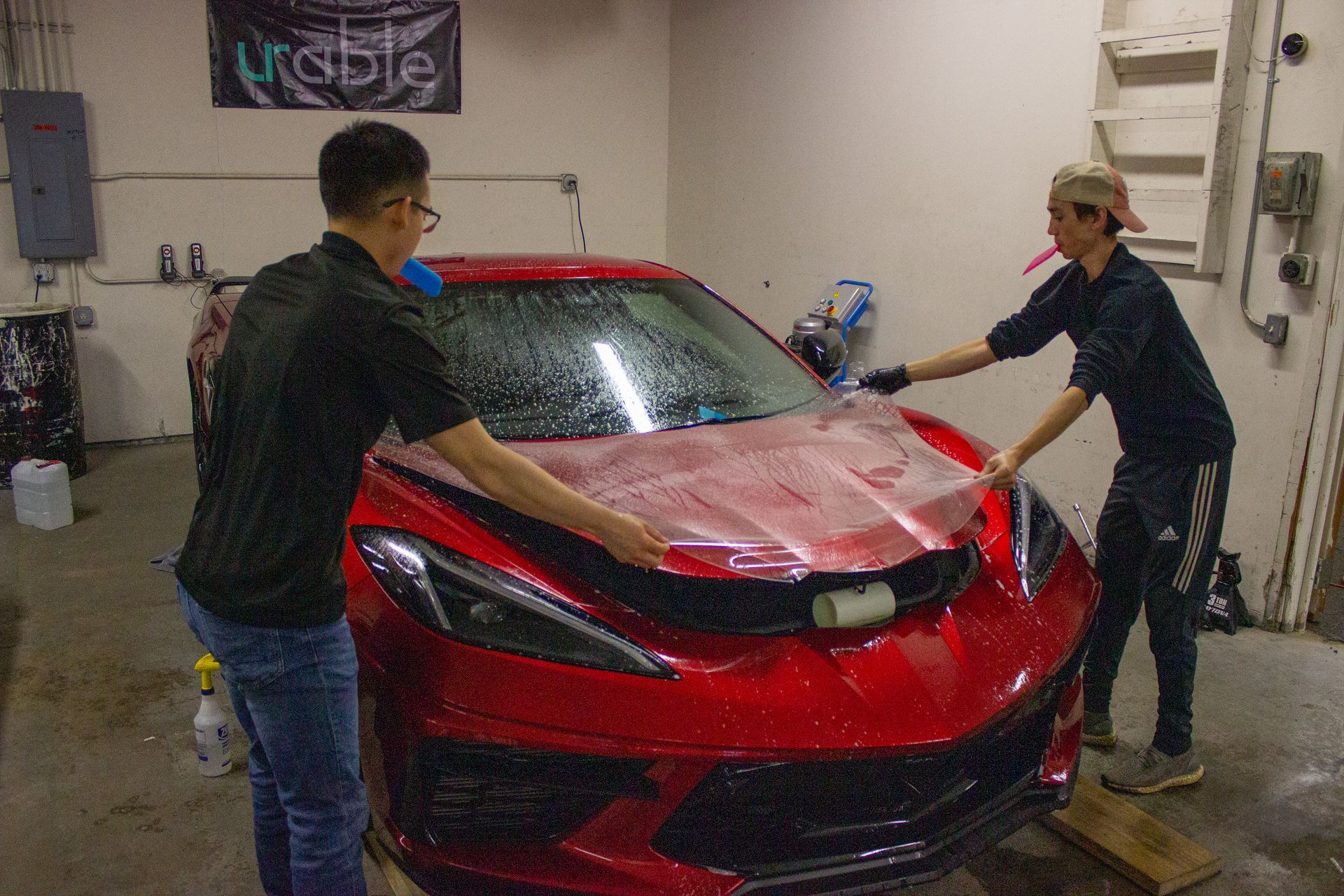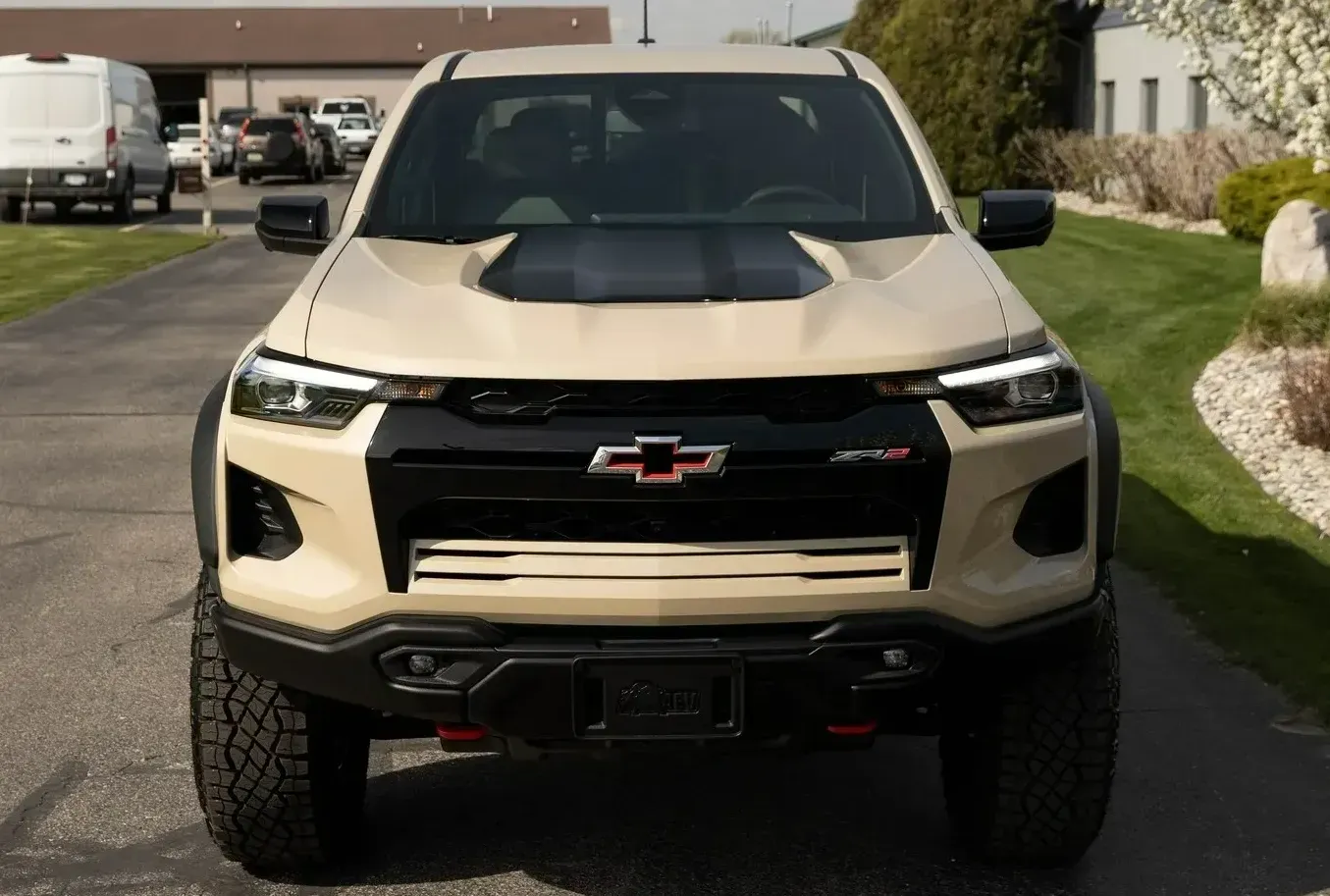The Detail Doc Blog
How Often Should You Replace Your Car Window Tint?
(989) 244-0505 GET SCHEDULED NOWReplacing car window tints is crucial to vehicle safety. Window tints can greatly improve your car's appearance. Window tints can also block UV rays, keep your car cooler, and deter thieves. But how often?
There are many reasons to replace car window tints regularly. First, sunlight and UV radiation fade and discolor window tints, reducing their effectiveness. If window tints fade too much, they may no longer protect passengers from UV radiation. Aged tints can peel, bubble, and look unsightly, decreasing your vehicle's resale value.
However, some argue that window tints should not be replaced until they start to wear out. Modern car window tints can last five to ten years with proper care. Thus, if the tints are regularly cleaned, replacing them every few years may be unnecessary.
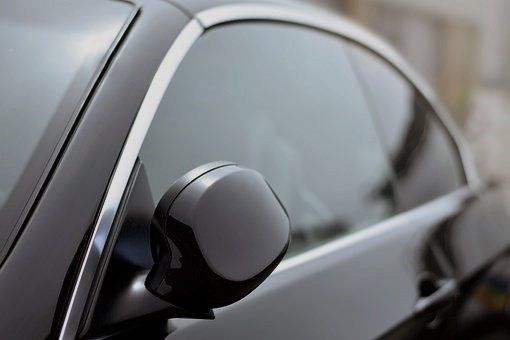
Benefits of Window Tint
Window tint, also known as window film, is a great way to improve your car's look and feel. It offers protection from the sun's heat, UV rays, and glare while also helping you reduce energy costs. Window tint can even reduce glare from headlights and other vehicles on the road. Additionally, window film helps provide privacy for you and your passengers.
Window film can help keep the inside of a car cooler in the summer and warmer in the winter. It also protects upholstery, carpets, and other soft surfaces from fading, limits the view into the car, adds an extra layer of safety against broken glass from flying objects or an accident, blocks more UV rays, and makes a car look better and feel more comfortable.
On the other hand, there are some potential drawbacks to having window tint installed on your vehicle. For example, it is more difficult to see when viewing directly into the sun, and mirrors without it can create harsh glares, especially in the late afternoon and evening hours. If these conditions impair vision, this could be hazardous for the driver.
Factors Affecting Window Tint Replacement
It is important to consider the various factors that can affect when you should replace your car window tint. The climate you live in, how often your vehicle is exposed to the sun, and the quality of the material used all play a role in determining the optimal life span for your window tint.
If you live in an area with longer, harsher summers, your window tint may need to be replaced more frequently than those who live in milder climates. This is because prolonged exposure to sunlight breaks down the film over time, which can lead to cracking and discoloration along with decreased functionality. Additionally, if your car is left unattended for long periods of time in direct sunlight, it will experience more wear and tear regardless of where you live. Because of this, parking or storing your car inside as often as possible may help your window tinting last longer.
The quality of materials used also affects not only how long the window tint lasts but also what exactly it accomplishes. Materials with lower quality tend not to last as long, while materials with higher quality offer a noticeable higher level of protection from UV rays and intimacy. But this doesn't mean that more expensive materials will last longer. There are other things to consider, such as having a professional install them and getting a warranty.
Quality of Materials
When it comes to replacing your car window tint, the quality of the material you use is paramount. It's important to note that car window tinting can be divided into two types: dyed film and metalized film. The more economical option is typically dyed film, which should last anywhere from 3–5 years. This type of film consists of a pigmented color layer applied between two layers of polyester. In order for it to stick to the window, the edges are usually heated, although it does have a tendency to bubble or blister over time.
Metalized film, on the other hand, generally lasts a bit longer, up to 8–10 years. It is made of very thin metal particles that are stuck to a layer of polyester. Its strength makes it perfect for protecting windows for a long time. However, its cost is usually 4-5 times that of dyed film, so depending on your budget and intended longevity, you may have to make a decision based on what works best for you.
UV Rays, Sun and Heat
UV rays, the sun, and heat can cause your car window tints to become damaged over time. UV rays are very powerful and can damage the film, making it look discolored or faded. Sunlight can also cause warping, bubbling, and peeling of window tints. Taking your car into direct sunlight can expose it to high temperatures, which can also make the tint degrade over time. Too much heat may even cause it to shrink and pull away from the edges of the window.
On the one hand, you should not let your car remain in direct sunlight for too long if you have a tinted window. This will reduce the chances of it becoming damaged due to heat or rays from the sun. On the other hand, some people believe that keeping their car in sunlight actually helps preserve the tint because it prevents condensation buildup on windows that might lead to fading or discoloration. However, without adequate protection, this could prove detrimental as well.
Weather and Temperatures
The elements can take a toll on car window tint since ultraviolet rays, inclement weather, and extreme temperatures can damage the polyester substrate or inhibit its color. Extreme changes in temperature can also make adhesives shrink or loosen, which can lead to loose film or bubbles. Weather and temperatures in different seasons will affect your window tint differently.
In cold climates, car windows can become brittle from extended exposure to freezing temperatures. The cold air also makes the adhesive less pliable than it is at normal temperatures, leading to weak bonding and peeling over time. On the other hand, if you live in a hot climate with intense sunshine and high temperatures throughout the year, your window tints may not last as long due to UV rays that fade the dye into tinted films.
At the end of the day, weather and temperature extremes can shorten the lifespan of car window tints, regardless of their quality or strength against heat retention. To make sure window tints last longer, it's important to be proactive and check them often for signs of damage or coming loose due to weather or temperature changes.
How Often Should You Replace Window Tint?
Replacing car window tint is a cost-effective way to keep your car looking good and reduce sun damage to its interior. It's also important in many states to keep the tint film up-to-date with the law. Knowing how often you should replace window tint can save you time and money in the long run.
On one hand, some people recommend replacing your car window tint every 3-5 years to avoid issues of discoloration or cracking due to aging. Also, if you live in a place that follows strict tint laws, you may need to replace your tint more frequently than every 3 years, as laws can change and require a different thickness or visibility level of film.
On the other hand, others argue that window tint should really never need replacing and that discoloration or cracking are usually signs of poor installation or cheap quality film in the first place. Although professional installation is essential, if the window tint is of high quality, it might last much longer than three years without showing signs of wear and tear.
What to Look for When Replacing Window Tint
Before replacing a car's window tint, several factors should be considered. Window tint protects passengers from UV rays and provides privacy for the car's interior, so choose the right replacement tint. Replacing window tint starts with choosing a film. Reflective, ceramic, and other films are available. Research and choose the best tint for you.
Tinted darkness is another consideration. Darker tints may look good, but they may violate local laws and result in citations or fines.
Material quality will also determine the best window tint. This includes scratch resistance, fade resistance, heat resistance, longevity, and ease of installation. Quality products cost more but last longer.
Color choice can also affect your satisfaction with your new window tinting. When choosing a tint, consider your desired look. Darker finishes provide more privacy, but lighter shades may work better.
DIY vs Professional Window Tint Replacement
When it comes to replacing your car window tint, deciding between doing the job yourself or having a professional do it for you can be an important choice. There are benefits and drawbacks to each option that must be taken into consideration.
Given that tint kits are inexpensive compared to the prices charged by professionals, doing the job yourself can be a good way to save money. You’ll also have full control over how much time is spent on the job, what products you use, and the results. But there are some potential pitfalls with DIY window tint replacement that should be noted. If you lack experience, chances are you won't get perfect results as a novice. Poor installation can also cause bubbles or peeling, which are hard to fix without taking off the old material, which can be expensive.
Professionals have the advantage of experience and expertise when it comes to replacing window tints. A qualified auto-tinting specialist will have years of practice doing this type of work, so you can rest assured the job will be done correctly the first time. Professionals also often have access to higher-quality materials and tools, which means a better overall outcome than what you'd get from doing it yourself.
Contact The Detail Doc for Professional Help!
Is it time to get new window tints for your car? Here to assist you is the Detail Doc. After inspecting your current tint, our window tinting professionals can provide personalized recommendations. Whether you need a complete overhaul or a minor repair, we are up to the task. To make an appointment or get more information, please get in touch with us right away.

